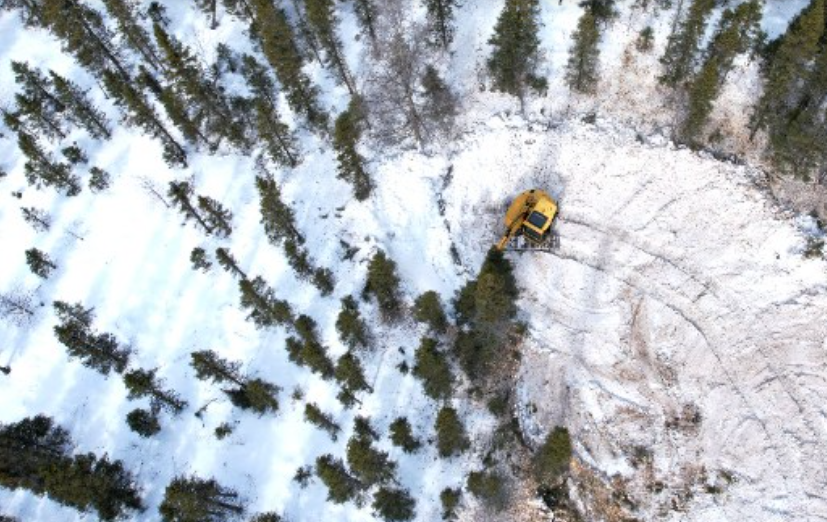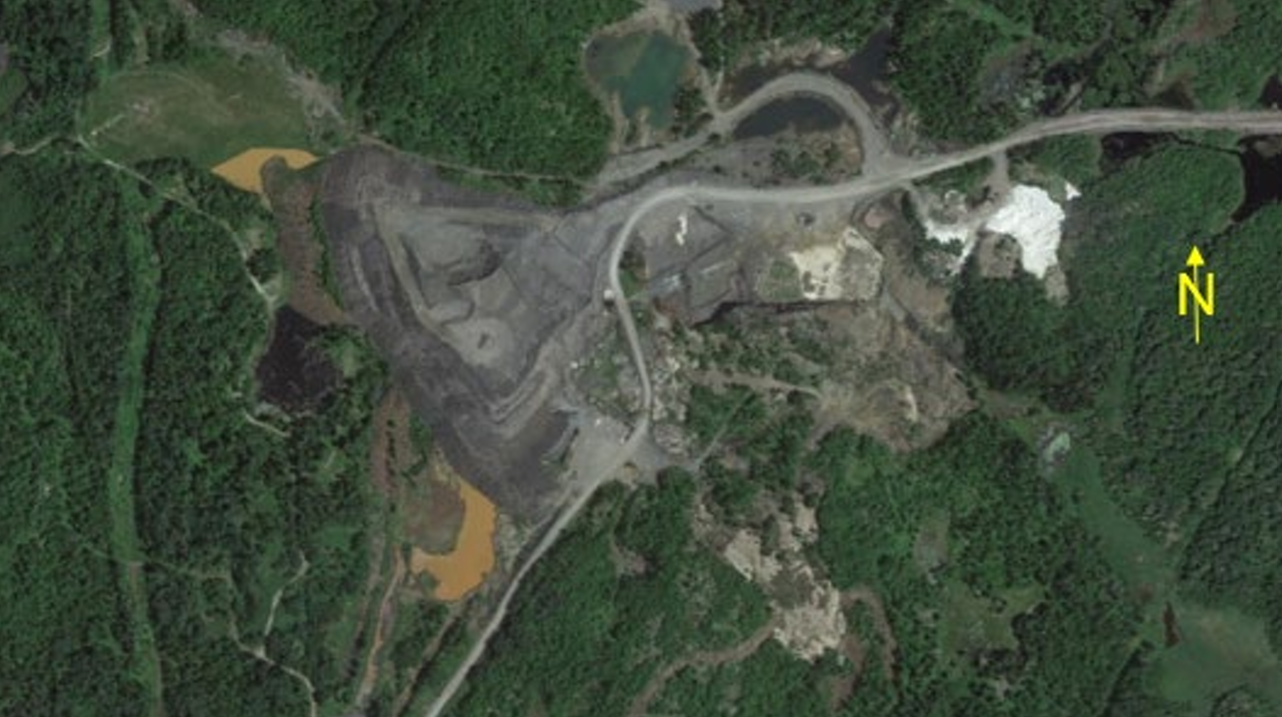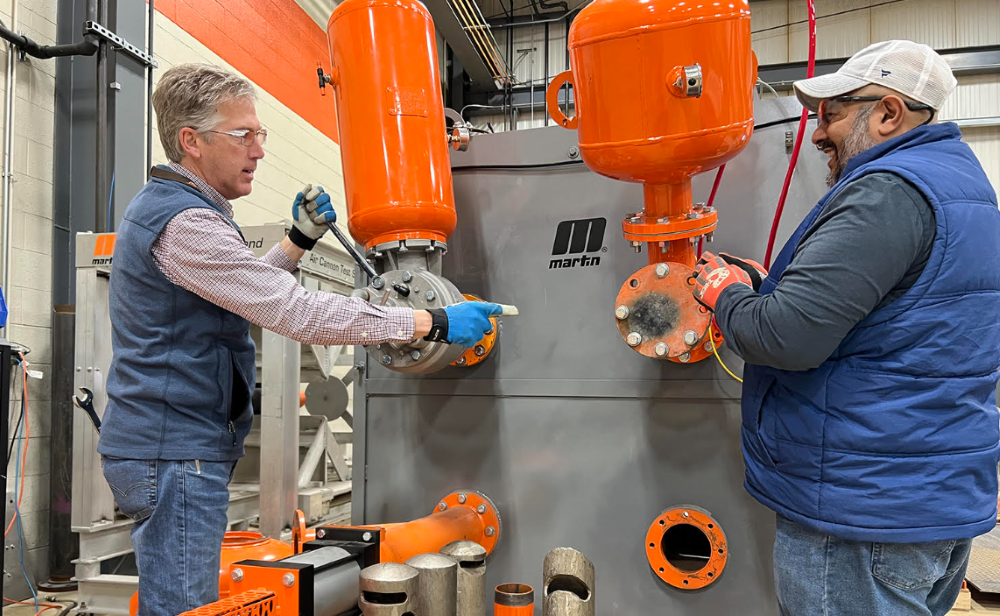The laws and social licence to operate
The United Nations Declaration on the Rights of Indigenous Peoples (UNDRIP) states: “Indigenous peoples have suffered from historic injustices as a result of, inter alia, their colonization and dispossession of lands, territories and resources, thus preventing them from exercising, in particular, their right to their lands, territories and resources.”
This statement is the crux of the relationship between the mining industry and First Nations who are the first, and sometimes only, ones impacted by development. Industry response becomes the litmus test for deciding if projects will proceed. It is also part of certainty and the social license to operate.
Canada adopted the UNDRIP in 2010 after initially opposing it in 2007. At the time, they said that they were: “concerned with provisions on free, prior and informed consent when used as a veto.”
This has been where the First Nations and mining worlds have collided ever since and has been the inherited flashpoint of ongoing contention. The concept of veto has cast a dark shadow because essentially, Canada said that First Nations do not have a constitutional right to reject a decision or proposal made by them. This was contradictory to their support.
Canada stated that “an appropriate balance between the rights and obligations of Indigenous peoples, member States and third parties needs to be achieved.”
While the Supreme Court of Canada (SCC) has provided some guidance in decisions over the past 125 years, starting with the ruling on St. Catherine’s Milling, First Nations have historically disagreed with how Treaties are interpreted.
Often, decisions are based on the erroneous principle that rights have been “granted” by Canadian law versus the First Nations’ principle that rights are rooted in pre-existing sovereignty. The United Nations has looked at the nature of Treaties in Canada and has confirmed that to be considered legal, only Nations can enter into Treaties. Thus, the very fact that Treaties exist affirms pre-existing jurisdiction and sovereignty.
Moreover, from the First Nations’ perspective, rights and obligations as contained in Indigenous laws need to be appropriately considered. They need to be understood as laws that pre-exist the Canadian legal framework that has never been relinquished. As a result, the SCC could never have the authority to rule on them. This is why the social license to operate is outside of the auspices of the SCC and that it is irresponsible from the business perspective to think they represent the panacea.
Pre-dating the Treaties, Indigenous laws have existed since time immemorial and are an extension of First Nations’ pre-existing jurisdiction. They contain strong responsibilities to future generations, ancestral homelands and natural resources.
Some, like the Manitou Aki Inakonigaawin (The Great Earth Law) in Treaty #3, have been partially recorded.
In June 2014, 133 First Nations in Ontario adopted the First Nations in Ontario Assertion of Sovereignty – Notice of Assertion, an Indigenous law that is part of exercising their right to their lands, territories and resources.
Similar notices have been issued by the Assembly of First Nations of Quebec and Labrador, amongst others in Canada.
The mining industry has a lot to weigh as it sits in the position of being in the middle of the First Nation decolonization process that is taking place in Canada and throughout the world. All the while, corporations must also consider how relationships with Indigenous peoples make a material impact on profits, share prices and ultimately, the bottom line.
Recently, First Peoples Worldwide released their Indigenous Rights Risk Report analyzing 370 extractive sites operated by 52 companies in the United States on, or near Indigenous lands and assessed the risk they posed to investors and shareholders. Their finding that 92% of those sites posed a medium-to-high risk to shareholders and investors should be eye-opening.
The world of achieving balance between all interests is evolving and the debate on who is in the “driver’s seat” continues.
Government policies and laws have not been entirely helpful in making the critical path forward an easy one. Companies will continue to be ill-prepared to engage with Indigenous peoples until these change and effective consideration of pre-existing laws becomes the norm.
The mining industry needs to take the opportunity to be a part of re-setting the relationship to one that is meaningful. Indigenous peoples are clear on where the road needs to lead in order for all to benefit and so that we can catch up to the same standard of living enjoyed by the rest of Canada. Continuing status-quo will not result in mutual benefits. It is time to start honouring Indigenous laws.





Comments